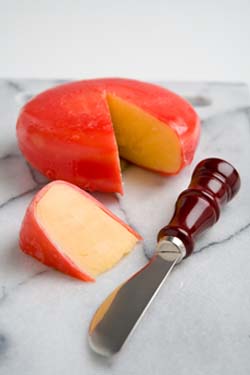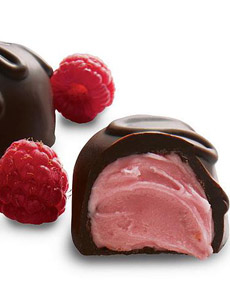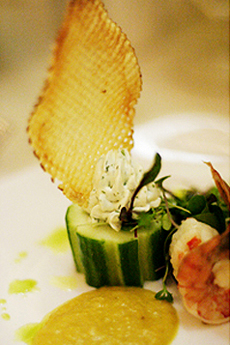|
What exactly are “kettle chips,” such as those made by Boulder Canyon, our Top Pick Of The Week (see the previous post)?
Let’s start at the beginning.
Potato chips, invented in 1853 in Saratoga, New York, were originally called Saratoga chips (the history of potato chips).
By the 1920s, every town in the U.S. had its own chip maker, or “potato chipper.” The chip maker sliced up potatoes and fried them one batch at a time in a small kettle.
The chips got soggy quickly in the days before vacuum packaging (or even airtight bags), and needed to be purchased fresh (see the history for the invention of the potato chip bag).
The continuous fryer was invented in 1929, creating tremendous economies of scale and driving most of the small, kettle cookers out of business.
By the 1940s, automation had evolved to change much of America’s artisan food production into mass production, including potato chips.
Potato farmers bred the natural sugars out of potatoes to accommodate mass production, because the natural, variable sugar content required individualized attention to know when the batch was done. That can’t happen in mass production.
The result: Brands like Lay’s and Wise, which sell many millions of bags a year, are certainly popular; but their flavor is only a shadow of the former gustatory glory of the potato chip, made in small batches with more flavorful potatoes.
Hence, the resurgence of the artisan chip.
Today’s “kettle chips” are a return to the thicker, small-batch chips made with top ingredients (you can use some of the best brands to construct fancy hors d’oeuvres, as shown in photo #2).
While today’s “kettles” are fryers much larger than the original stovetop kettle, they are still small in comparison to mass-produced chips.
Don’t be afraid to spend more: With many brands, it really is a superior potato.
Read more about potato chips in the Snacks Section of THE NIBBLE online magazine.
Fry your own kettle chips with this recipe.
|





